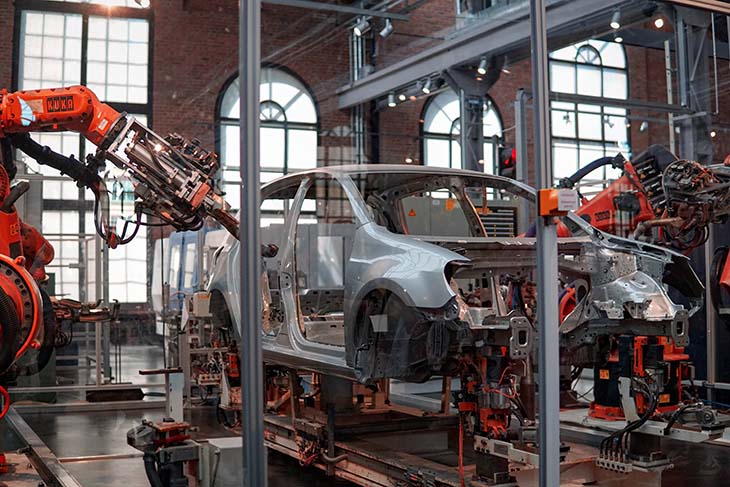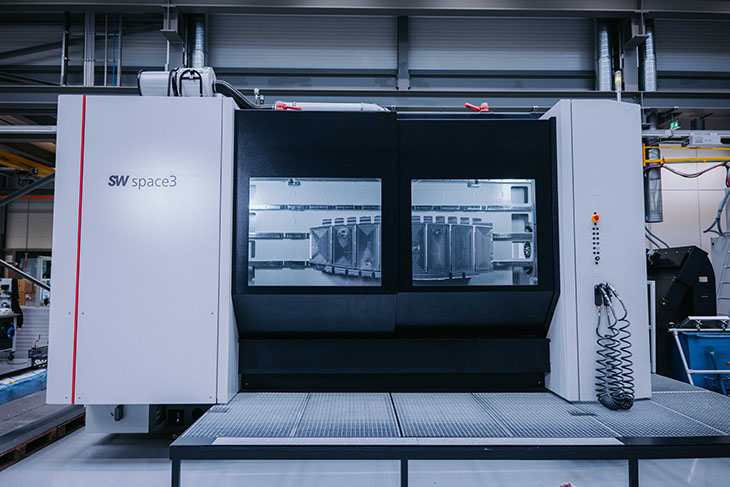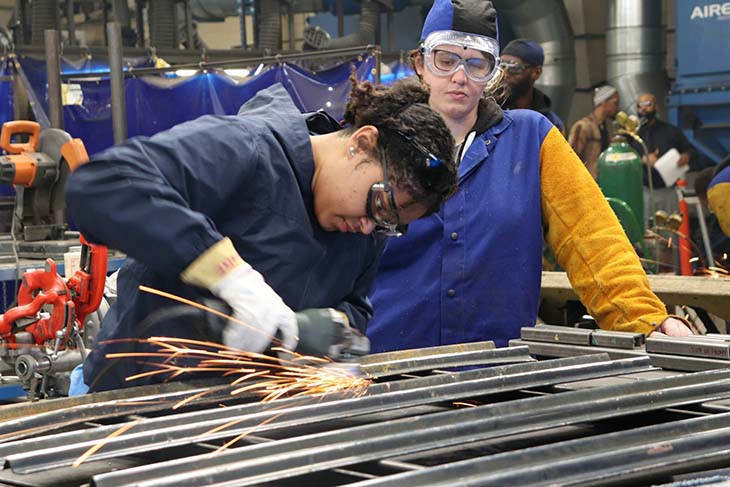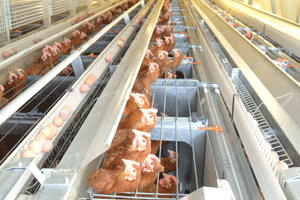The manufacturing industry has suffered from a labor shortage for years, and high turnover rates and intense demands may deepen the issue. Corporations will attempt to diversify assets and maintain deliverables by supplementing workforce gaps with automation and AI. Will this be a short-term solution or a long-term shift?
Increased Adoption of Robotics
As of August 2023, 616,000 manufacturing jobs remain unfilled, primarily due to COVID-19 pandemic losses. Manufacturing professionals will likely rely on automation peripherals like robots to perform repetitive tasks. SCARA robots sort and identify with careful programming, and autonomous guided vehicles deliver heavy loads without manual intervention. Automated robotics leads to human error reduction, which improves operations by:
- Minimizing downtime.
- Improving bottom lines.
- Reducing defects and waste.
- Speeding up deliverables.
Putting these responsibilities on autopilot allows the workforce to focus on high-value tasks that require a human touch. This tech incentivizes C-suite leaders because automation is a pathway for upskilling and enhancing productivity.
Cobots compound this benefit by ramping up output and quality control on production lines while working alongside staff. Their assistance could eliminate up to 72% of workplace injuries by providing answers to the top three causes of safety incidents. These include contact with harmful objects, stress-induced injuries and heavy-lifting-induced pain.
Advanced Manufacturing Technologies
The abilities of advanced manufacturing technologies are further justifications for leaders to adopt automation. Skills previously exclusive to humans are now accessible through other mediums. In addition to robotics, there are:
- AI, machine learning and deep learning
- Augmented and virtual reality
- Digital twins
- 3D printing
- CAD software
- The Internet of Things
It’s also cost-effective and time-efficient to use machinery than train staff, diversifying what manufacturers can do if they could not offer a specific service previously. Using tech may yield savings in the long term because of reduced turnover and onboarding costs.
Workers will monitor these assets while learning new responsibilities that provide more significance to operations. With the ability to contribute to fruitful tasks, staff may find greater fulfillment in their duties instead of becoming numb or resentful of their position.
Meanwhile, advanced equipment improves lead times and expands flexibility on what the manufacturer can accomplish. Many companies may enter verticals they have not ventured into before because of expanded skill sets and offerings.
Artificial Intelligence and Machine Learning
AI is one of the most sought-after technologies in manufacturing to deal with the labor crisis. Its ability to deliver business-critical data analytics, forecasts and predictive determinations is almost a culturally anticipated corporate necessity.
Artificial intelligence is one of the first inclusions during the manufacturing labor shortage because it will be a long-term staple of the industry. It is not a stopgap with the potential to leave after management resolves worker issues. The shortage is a prime opportunity to integrate it into business processes as new workers are onboarded. Then, training streamlines and manufacturers may adjust their operations from the ground up in the coming years.
Collaborative Workflows and Human-Machine Interaction
As previously mentioned with cobots, working with automated coworkers will become the industry standard. Case studies prove they free up operators and increase the likelihood of achieving customer satisfaction. Consumers and clients have higher demands than ever, and some expectations exceed human potential. Automated assistance is required to mend the gaps without causing delays or dismantling brand loyalty.
Additionally, these mingling workflows increase flexibility. Businesses become more malleable to changing trends and consumer desires if they reprogram part of the workforce instead of executing extensive training.
Automation’s influence will have lasting implications on the workforce. It could reduce stress on existing workers when expectations become inconsistent, as human-machine interactions provide greater confidence when handling high-stress scenarios. Responsibilities like metal-cutting or welding that emit radiation transition to automated or robotic tools, relieving anxieties even more.
A balanced future for manufacturing eliminates fears of job displacement because of automation, and prioritizes re- and upskilling projects to bring about a new age of professionals. It’s a perfect motivation for organizations to draft new training programs, identify goals and outcomes for automation employment, and forge confident relationships between workers and machinery.
Proactive Response to the Manufacturing Labor Shortage
Automation is a certainty as enterprises attempt to get people through the doors. It keeps critical infrastructure operational and shelves stocked with essential goods. Introducing these systems should incite optimism for future workforces, as it blends with workplace improvements to further solidify retention and improve the quality of life for laborers.























